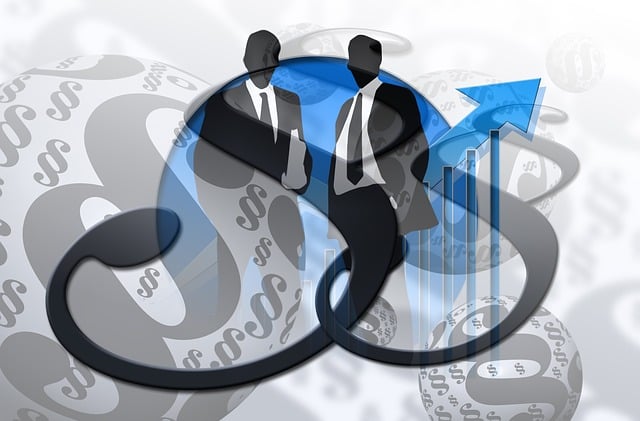Rural and urban areas face distinct challenges in implementing DUI laws due to differences in road conditions, traffic patterns, and vehicle safety features. Rural regions, with open roads and lower accident rates, focus on swift response times, stricter penalties for high-risk driving at night, and basic vehicle safety elements like robust crumple zones and anti-lock braking systems. Urban settings, characterized by dense traffic, pedestrians, and cyclists, prioritize advanced driver-assistance systems (ADAS), ignition interlock devices, enhanced tracking systems, tougher penalties, and well-developed public transportation networks as deterrents to drunk driving. Both environments share a common goal: safe roads achieved through effective DUI law enforcement and advancements in vehicle safety features.
In the vast landscape of legal disparities, rural and urban areas present a striking contrast when it comes to DUI (Drunk Driving) laws. This article delves into the intricate differences between these jurisdictions, focusing on vehicle safety features, environmental factors, and their impact on enforcement strategies. Understanding these variations is crucial for both residents and visitors, especially in light of evolving vehicle technologies aimed at enhancing safety. By exploring these aspects, we aim to shed light on how DUI laws are shaped by geographical settings, ultimately affecting penalties and exceptions.
- Understanding Rural and Urban DUI Laws
- Vehicle Safety Features in Rural Areas vs Cities
- Impact of Environmental Factors on DUI Enforcement
- Comparisons: Penalties and Exceptions in Different Settings
Understanding Rural and Urban DUI Laws

In rural areas, where distances are vast and populations sparse, DUI laws often reflect the unique challenges of driving safety in these regions. Here, law enforcement may focus more on preventing high-speed accidents between isolated communities rather than densely populated city centers. As a result, rural DUI laws might emphasize faster response times and stricter penalties for impaired driving at night or during high-risk hours. The focus is often on deterrence and swift justice due to the potential for more severe consequences in open, roadless terrain.
In contrast, urban settings present distinct issues related to drunk driving. Cities are bustling with vehicular traffic, pedestrians, and cyclists, making accident prevention crucial. Urban DUI laws tend to incorporate advanced vehicle safety features as a key deterrent, such as mandatory ignition interlock devices for repeat offenders or enhanced vehicle tracking systems. These laws also often include stricter penalties for driving under the influence in busy areas to ensure public safety and minimize the risk of catastrophic accidents.
Vehicle Safety Features in Rural Areas vs Cities

In rural areas, vehicle safety features often differ significantly from those in urban settings due to varying road conditions and driving behaviors. While cities typically prioritize advanced driver-assistance systems (ADAS) like automatic emergency braking and lane-keeping assist, rural roads may not have the same level of infrastructure support or demand for such high-tech features. Instead, basic safety elements like robust crumple zones, anti-lock braking systems (ABS), and improved tire traction are more commonly found in vehicles sold to rural residents. These features play a crucial role in mitigating the impact of accidents, which are often more severe in open, less congested rural landscapes.
On the other hand, urban DUI laws tend to reflect the higher density and complex traffic patterns characteristic of cities. This leads to stricter enforcement of safety standards, including mandatory advanced safety systems as standard equipment on new vehicles. Additionally, urban areas often have well-developed public transportation networks, encouraging drivers to consider alternatives to personal vehicles, which can further influence vehicle design priorities. These contrasts in vehicle safety features and DUI regulations highlight the unique challenges posed by rural and urban driving environments when it comes to drunk driving prevention and passenger protection.
Impact of Environmental Factors on DUI Enforcement

In rural areas, law enforcement faces unique challenges when enforcing DUI (drunk driving) laws due to environmental factors. The open roads and lack of heavy traffic can create a false sense of security for drivers under the influence, leading to higher speeds and increased potential for accidents. However, limited visibility caused by dark or stormy conditions, along with reduced population densities, often result in fewer police patrols and less eyewitnesses, making it harder for officers to detect and pull over suspicious vehicles. This dynamic underscores the importance of understanding vehicle safety features and DUI law interactions in rural settings.
On the other hand, urban environments present their own distinct challenges. Packed streets, heavy traffic congestion, and vibrant nightlife can make identifying intoxicated drivers more manageable for police due to higher visibility and numerous witnesses. Yet, urban DUI enforcement is complicated by complex terrain including narrow roads, pedestrian crossings, and dense buildings that can obscure officer views. Despite these differences, both rural and urban jurisdictions share the common goal of keeping roads safe through effective DUI law enforcement, with a focus on public safety and responsible vehicle operation, incorporating advancements in vehicle safety features.
Comparisons: Penalties and Exceptions in Different Settings

In rural areas, where roads are often less congested and vehicle accidents are relatively fewer, DUI laws tend to be less stringent compared to urban settings. This doesn’t mean that drunk driving is encouraged; instead, the lower accident rates reflect a different approach to public safety. Rural jurisdictions may focus more on educating residents about the dangers of drinking and driving rather than imposing harsh penalties. Exceptions could include stricter guidelines for commercial drivers or those with prior DUI offenses, ensuring that vehicle safety features like advanced driver-assistance systems (ADAS) are implemented and properly used to mitigate risks.
In contrast, urban centers face unique challenges due to high traffic volumes and dense populations. As a result, DUI laws in these areas often come with stiffer penalties and more strict enforcement. This includes higher fines, extended license suspensions, and potential requirements for ignition interlock devices. Urban law enforcement may also prioritize the use of technology like breathalyzer tests and surveillance equipment to catch intoxicated drivers. Despite these measures, vehicle safety features remain crucial in both settings; ADAS can play a significant role in preventing accidents and mitigating the impact of DUI-related incidents by providing drivers with real-time assistance and warnings.
In understanding rural versus urban DUI laws, it’s clear that environmental factors significantly influence enforcement. Rural areas, with their lower population densities and unique safety features like isolated roads and fewer vehicle options, present distinct challenges compared to bustling cities. This comparison highlights the need for tailored approaches to DUI law, considering vehicle safety features and the impact of surroundings on driving behaviors. By examining these differences, we can foster safer driving conditions across diverse landscapes.






